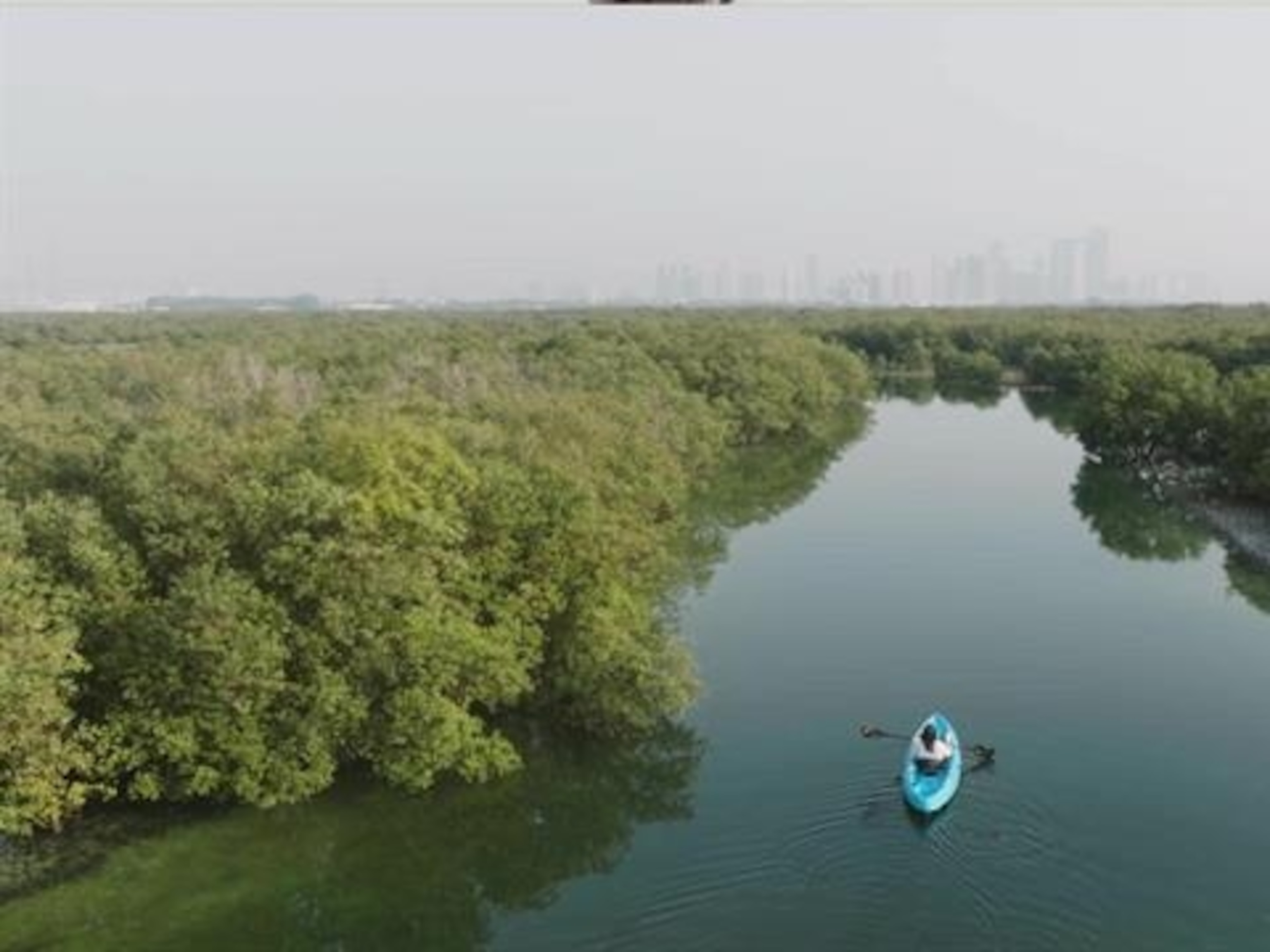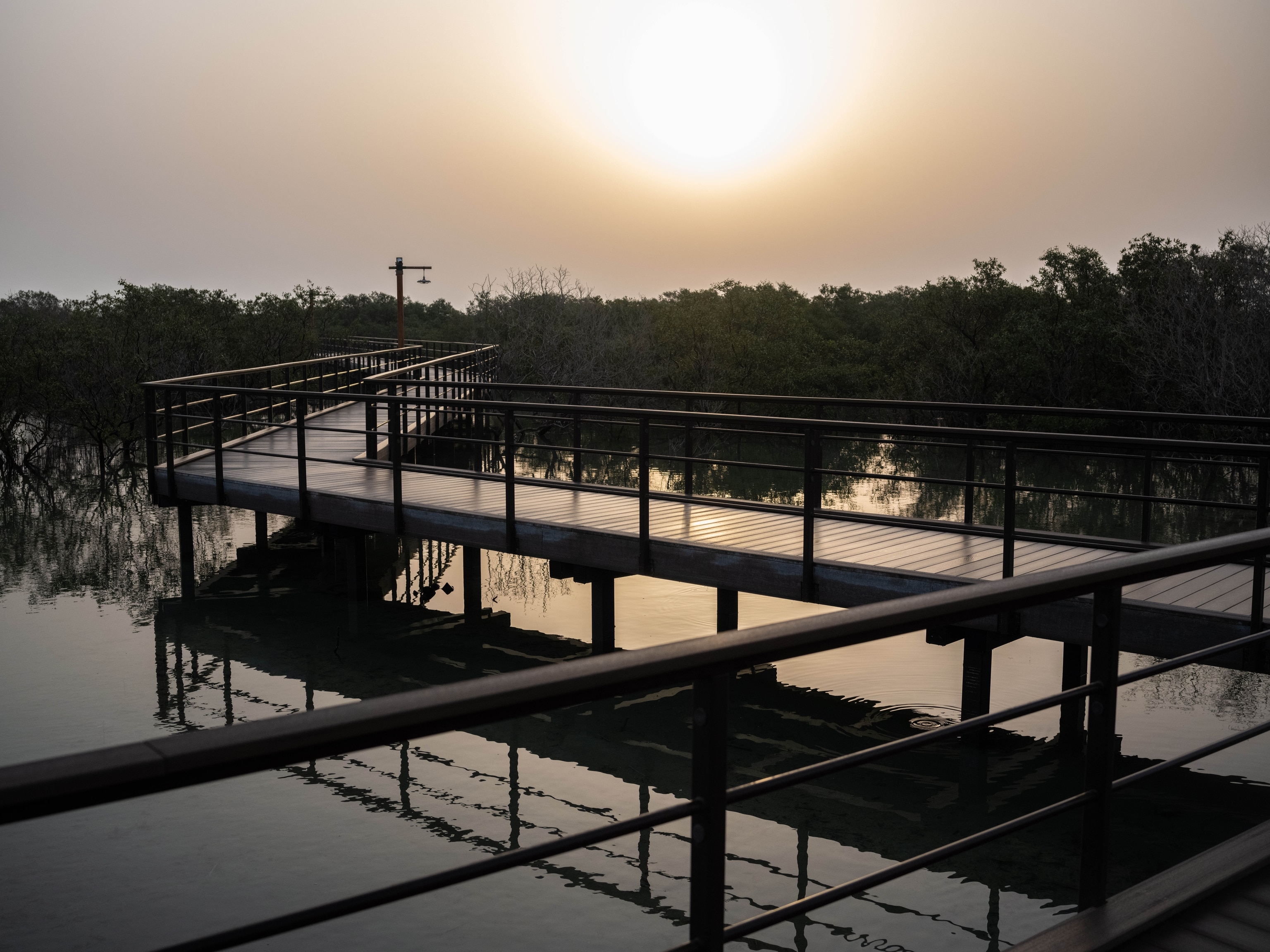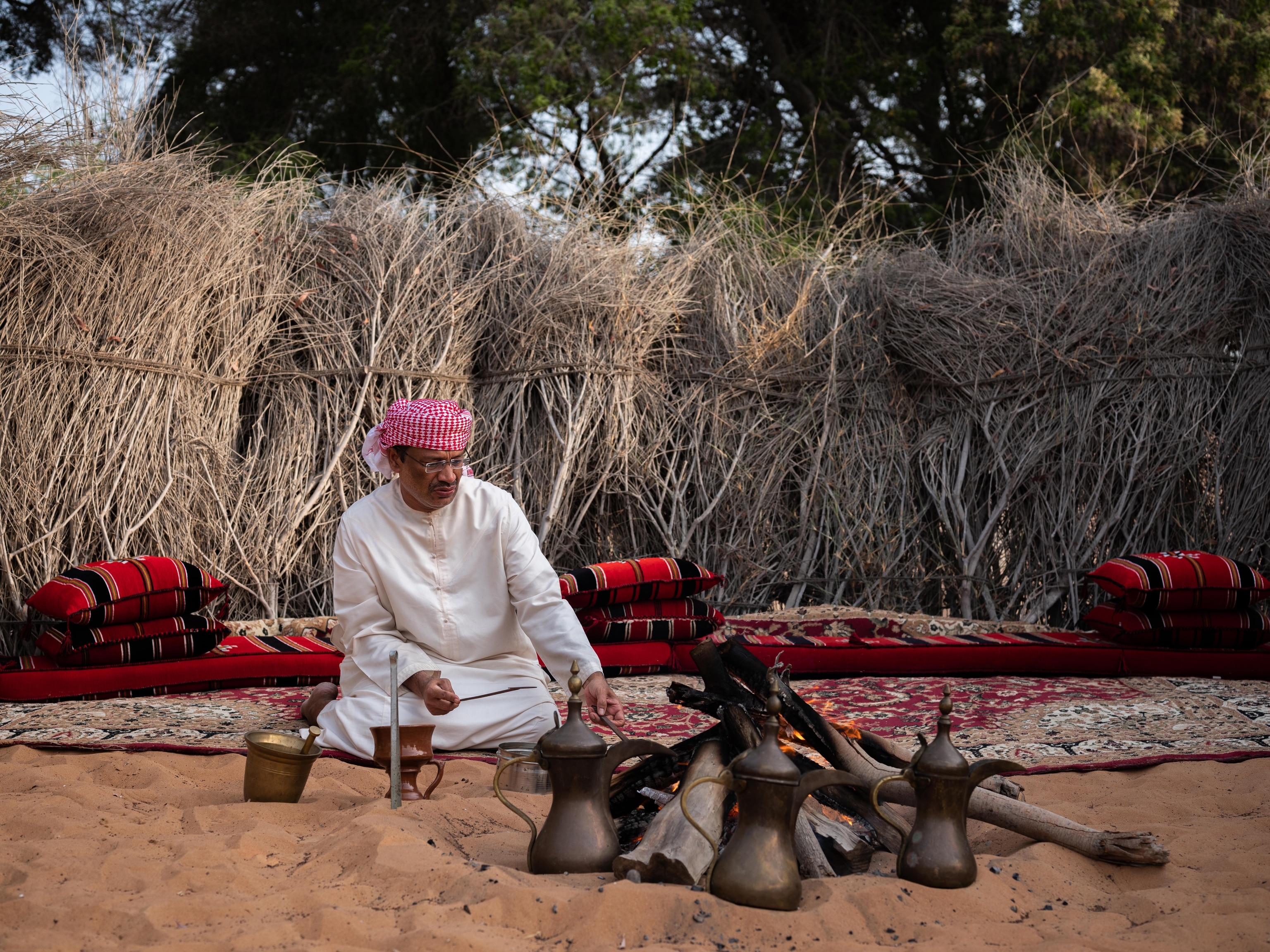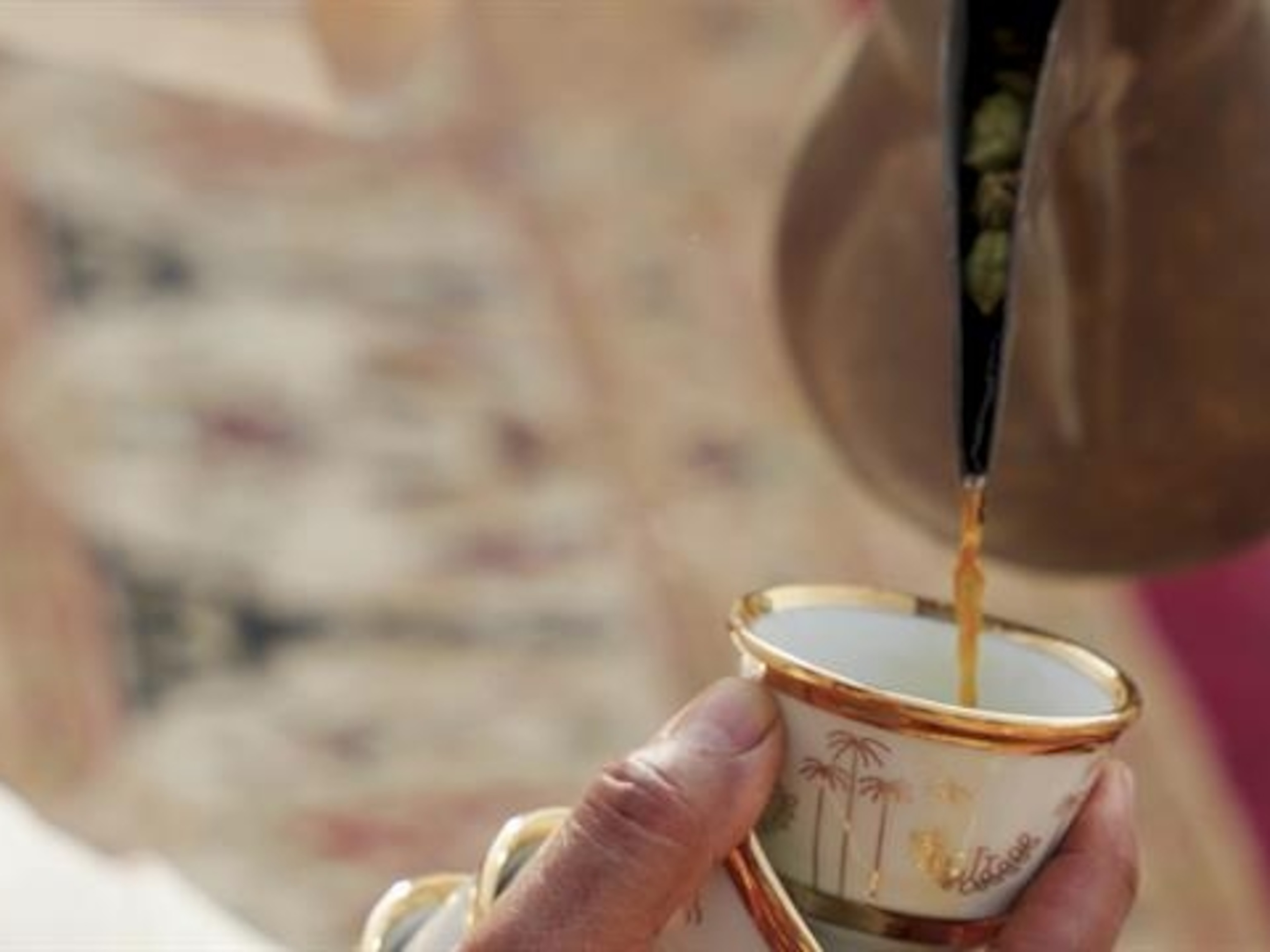The instruments that shape the soundtrack of Abu Dhabi
The emirate’s rich musical heritage offers visitors the opportunity to gain an insight into many aspects of its culture.
The various sounds of a city can offer a window into its character. If you home in further and discover the music of any given place, you can learn more about its cultural traditions. As a UNESCO City of Music, Abu Dhabi has a natural heritage of traditional music that is intertwined with its culture and helps tell the emirate’s story. From stringed instruments such as the rebabah to the strong and steady beat of the al-ras drum, Abu Dhabi’s soundtrack is vibrant, steeped in tradition, and waiting to be explored.
At the center of Abu Dhabi’s music story is the oud, an instrument that defines the instrumental culture of the emirate. The pear-shaped, guitar-like oud is believed to be one of the world’s oldest stringed instruments and dates back to the Akkadian Empire. On most days, its rich, melodic sound can be heard at Bait Al Oud (House of Oud) in Abu Dhabi. Founded in 2008 by oud master Naseer Shamma, the organization is housed in a villa tucked away in the Al Nahyan area of the city. It is dedicated to all things related to the oud along with other traditional instruments, such as the qanun and a stringed instrument known as the rebabah.

Bait Al Oud preserves traditional Arabic music heritage while providing eager students with lessons and courses. The center is helping to produce the new generation of oud players and promote the continuation of songs and techniques associated with this culturally important instrument.
Such is the oud’s importance to the emirate, Bait Al Oud also hosts an in-house workshop where the instrument is lovingly made by expert craftspeople. During a visit to the workshop, you can witness the oud being constructed from the world’s finest cedar and rosewood, from the cutting of the wood through to the preparation, assembly, and finishing of the strings. It’s a labor-intensive process that results in each oud being made to be 67 centimeters long and 36 centimeters wide at the sound box. The craftspeople precisely carve and select the wood for each instrument so that musicians can then accurately tune the strings to the highest notes. Budding instrument makers can train at the workshop to learn how to make the oud, which further helps to keep the traditions associated with the instrument alive.
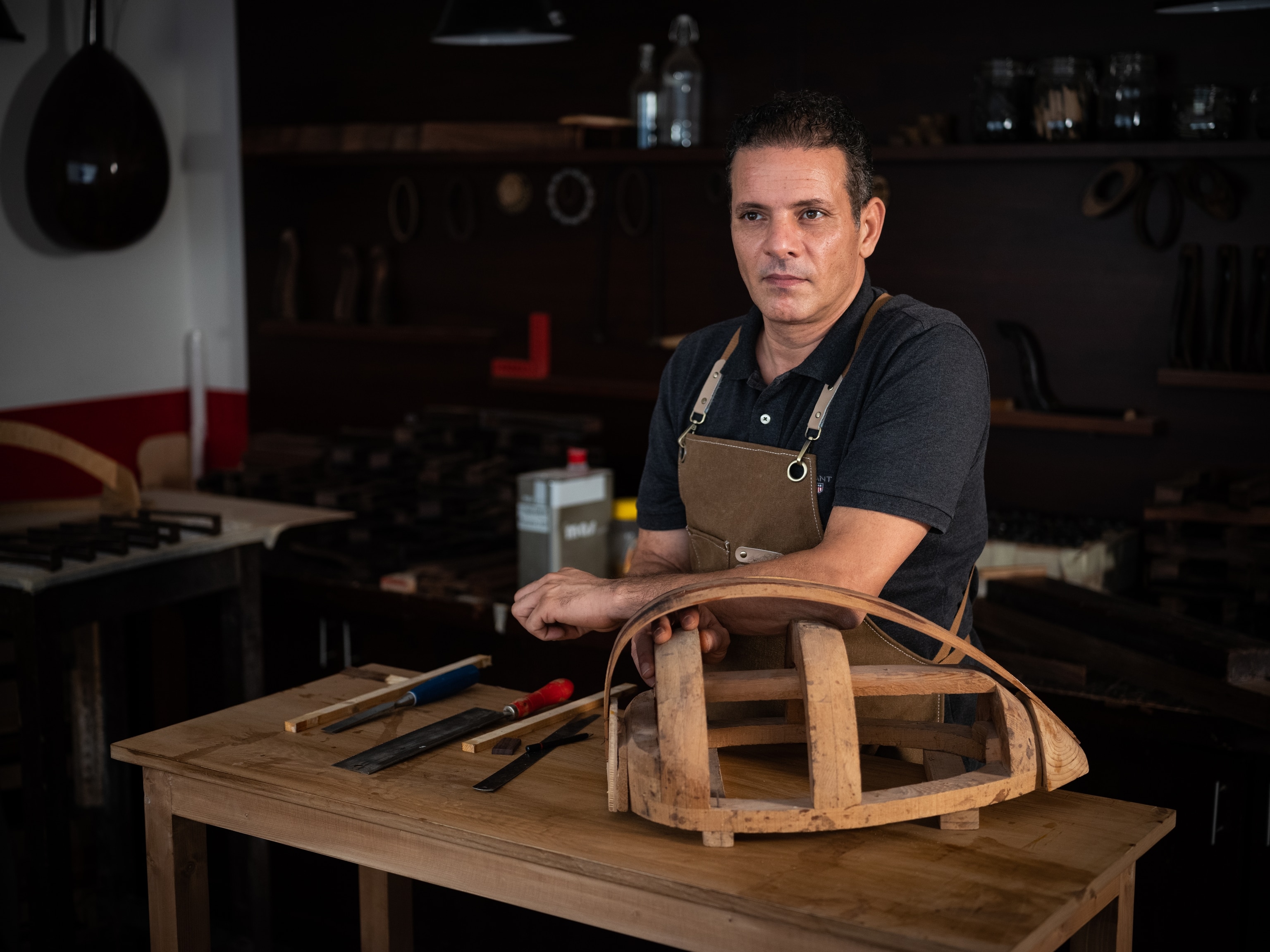
By learning more about the various traditional instruments in Abu Dhabi, you also by default learn about various important social and cultural events that are central to Emirati heritage. For example, the low-banging beat of the al-ras drum is the gateway to the al-ayyala, an expressive cultural performance involving poetry, music, and dance.
The al-ayyala presents viewers with a mesmerizing scene: two rows of performers face each other while carrying thin bamboo sticks that represent weapons such as swords or arrows. The performers then begin to simulate a battle, making various movements with their heads, shoulders, arms, and canes to the beat of the drum. In between the rows, the band steadily plays the al-ras together with a variety of brass instruments and tambourines. Men chant lines of poetry, covering themes such as chivalry and group solidarity. It is a defiant routine, one that instills both the performer and the audience with a sense of strength and pride.
There are many variations of the al-ayyala across the UAE, changing according to the region. These variations can be seen in the speed of the rhythm, the chanted poems, and slight changes in the movements made by the performers. The presence of the al-ras, however, remains a constant throughout. The al-ayyala can be experienced during celebrations such as weddings and other festivities. If you happen to be in Abu Dhabi at the beginning of December, you can catch a performance at the many National Day celebrations that take place throughout the emirate and the rest of the country.
Moving on from the al-ras, another instrument that is commonly associated with the emirate is the rebabah, or rabāb, which is believed to be one of the earliest known bowed instruments. First mentioned in the 10th century, the rebabah took on various forms in the Arab world and beyond; in the UAE it bears a distinct rectangular shape in contrast to the ring shape of Iraq.
The rebabah gives us an insight into another aspect of Abu Dhabi culture: the recitation of poetry in the majlis. In Emirati culture, a majlis is a sitting place where members of a community gather to discuss news, socialize, resolve problems and be entertained. Traditionally, a poet would recite his verses here accompanied by the soothing sounds of the rebabah. Nabati poetry is an extremely important form of expression in UAE culture and is characterized by a straightforward, colloquial style that makes it accessible to the masses. Performed together with the rebabah, the poem’s verses seem to reverberate longer in the listener’s mind.
Depending on the time of year, it’s not always possible to enjoy poetry recitations accompanied by the rebabah or even the al-ras-powered al-ayyala. The Abu Dhabi Cultural Foundation, however, offers a homegrown arts program that includes music and dance performances allowing you to enjoy a slice of the emirate’s rich musical heritage no matter what month of the year you happen to be in town.
